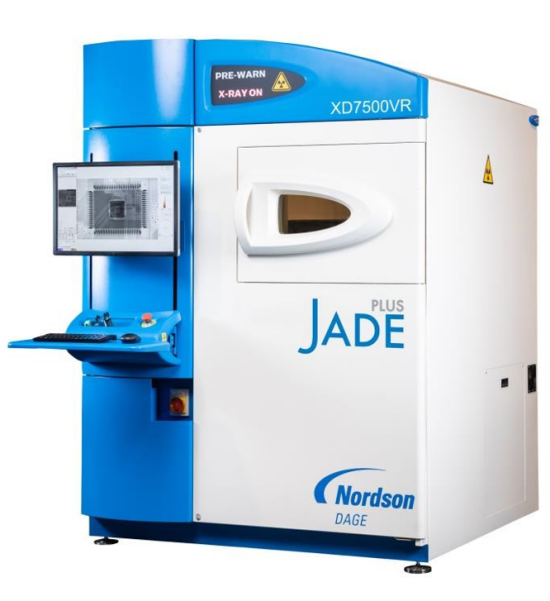Will X-RAY devices affect our health?
Release time:2024-05-11Publisher:Jeenoce
X-ray, also known as X-rays, is a type of high-energy electromagnetic wave with a shorter wavelength, generated by electron transitions or deceleration of high-energy electrons in atomic inner orbitals. The wavelength of X-rays generally ranges from 0.01 to 100 A (1 A=10-8cm). X-rays have strong penetration ability and can penetrate substances that cannot be penetrated by visible light, such as biological soft tissues, wooden boards, ordinary glass, and even metal plates other than heavy metals. They have stronger penetration ability for human skin, and X-rays can accumulate in the human body.
In fact, although X-rays have a certain degree of radiation, radiation to the human body does not necessarily mean that it will cause harm to the human body. Only when the amount of X-rays reaches a certain level will it cause harm to the human body.

So X-rays need to be properly protected.
While utilizing X-rays, it has been discovered that they can cause hair loss in patients, skin burns, visual impairment in workers, leukemia, and other radiation injuries. To prevent the harm of X-rays to the human body, corresponding protective measures must be taken. In the early stages of X-ray discovery, researchers found that X-rays can penetrate most materials, but lead plates are almost impossible to penetrate.
The shell of JEENOCE's X-ray non-destructive testing equipment takes advantage of this and adopts a three-layer protection method of steel lead steel to prevent X-ray leakage. The high-tech process design and high-quality material selection of the equipment are seamlessly connected for production. The surface radiation dose of the completed equipment can be safely controlled below 1 usv/h (European and American standards). The product's X-ray correlation doors are equipped with interlocking functions, and if any door is not closed, X-ray cannot work. The product is equipped with a radiation dose meter externally, which can prompt in case of excessive radiation leakage. We have obtained the Radiation Safety Permit and Radiation Exemption Certificate approved by the Environmental Protection Department, as well as regular third-party radiation testing. Radiation safety complies with GB/18871-2002 Basic Standards for Protection against Ionizing Radiation and Safety of Radiation Sources.
Therefore, operators using X-ray equipment do not need to worry about the harm caused by X-rays to the human body.

